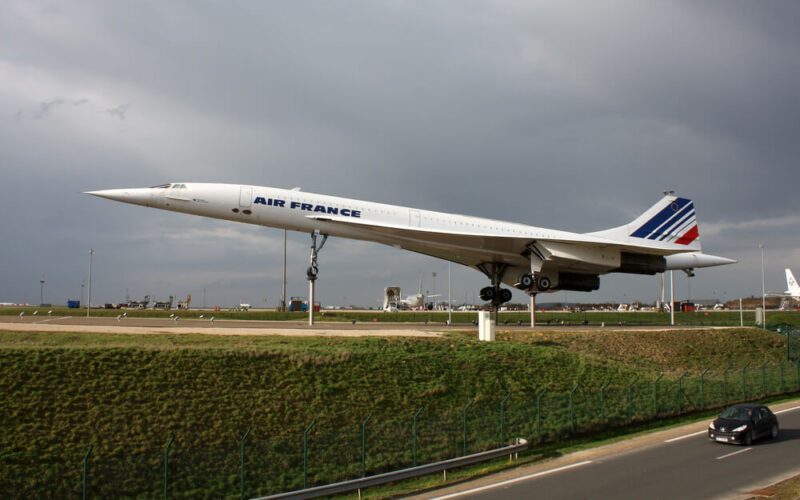This article was originally written and published by AeroTime News on March 2, 1969.
On March 2, 1969, the dream of supersonic travel on the west side of the Berlin Wall took to the skies for the first time, as Concorde left its hangar to graze the skies and begin testing campaign. The first test flight, while a short 28-minute adventure in the sky with speeds only up to 430 kilometers per hour, “was “as perfect as we had expected,” noted chief test pilot, Andre Turcat.
As spectators of the first flight stood in awe, the four Rolls-Royce/Snecma Olympus 593 engines started to roar and the supersonic jet took to the skies carrying a fair bit of pressure on its back. After all, as the test flight was delayed multiple times and with development costs skyrocketing from the initially expected $500 million to over $2 billion, the romanticism of Concorde started to fade.
Even the first outing of the French Concorde, registered F-WTSS, was delayed in 1969. Initially, the makers of the supersonic jet planned the first flight to be on February 28, reported the New York Times on February 26, 1969. But the delay was not related to the supersonic airliner: weather was cited as the main issue.
Nevertheless, despite being more than a year behind the original schedule, Concorde began its almost seven-year test campaign, which would eventually result in the first commercial flight in 1976.
The British supersonic airliner, registered G-BSST (the second-ever frame that was built), began its test campaign a month later and flew for the first time on April 9, 1969. Two days before, while conducting taxiing tests in Bristol, United Kingdom, G-BSST blew one of its tires: a regular re-occurrence throughout Concorde’s operational history, which eventually led to the fatal disaster in Paris on July 25, 2000.
While the two test airframes never entered commercial service, both F-WTSS and G-BSST are preserved at Paris-Le Bourget, France (LBG) and at RNAS Yeovilton, United Kingdom (YEO), respectively.

